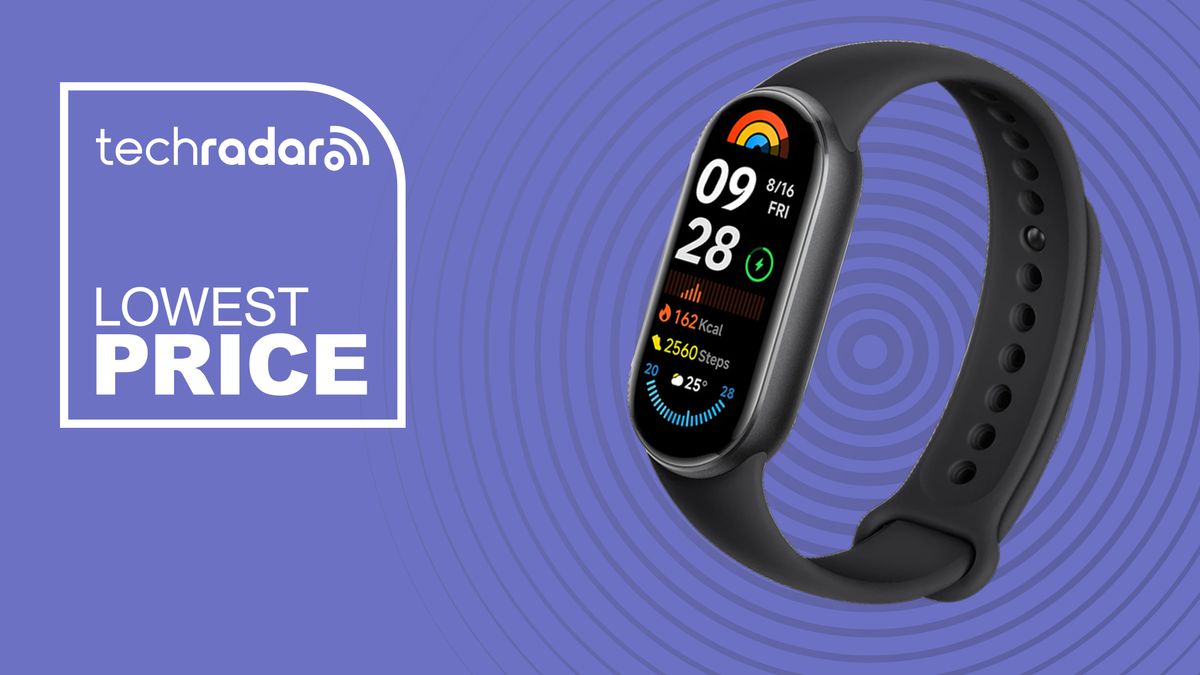Jobs
High-Paying, ‘Anti-Hustle’ Jobs Gaining Traction In 2024

Gone are the days of “rise and grind,” replaced by “anti-hustle” jobs that are gaining momentum and, … [+]
The times are changing, and it’s time to say goodbye to the trendy obsession with striving longer, harder and faster and a generation that boasts about pushing themselves to the max, striving 1440 minutes of every day. No breaks. No leisure. No weekends off. No vacations. No sleep or exercise and eating on the run or skipping meals altogether is no longer fashionable.
Workweeks of sixty, eighty, even a hundred hours are no longer commonplace in major corporations. Tribes of modern-day male and female Willy Lomans, manacled to cell phones, used to trundle through the nation’s airports at all hours with their rolling luggage; coffeehouses filled with serious people bent over laptops and young workers at dot-coms were available for 24/7 work. Hustle culture is on its way out, proving to be a relic of the past.
The Rise In High-Paying ‘Anti-Hustle’ Jobs
Reactions to the “rise and grind” trend has been the viral anti-work discourse in the form of “coffee badging,” “quiet quitting” and “lazy girl jobs”—all describing Gen Z’s preference for flexible, low-stress positions that promote work-life balance. Self-proclaiming a “lazy girl job,” for example, is a satirical way for a younger generation to give the finger to critics who label them “lazy” because they refuse to succumb to the mental health problems they have observed in generations preceding them. The younger generation is no longer willing to burnout or kill themselves for work. They are looking for jobs that require minimal effort, pay decently and are time flexible, leaving room for work-life balance. They see this trend as healthy medicine for an overworked corporate world gone awry. And they are unwilling to be inducted into a job that requires them to sacrifice their quality of life.
New data from Adzuna, collected over a four-year period, shows a significant shift towards “anti-hustle” jobs—positions that emphasize work-life balance and overall well-being over relentless productivity and long working hours. According to the report, vacancies for “anti-hustle” jobs have been steadily increasing from January 2020 to March 2024. A total of 648,548 advertised “anti-hustle” jobs in 2024 are up from three percent in 2020 to plus 356%, compared to pre-pandemic levels. Since coming out of the pandemic, these statistics show a heightened emphasis on work-life balance, with the proportion of “anti-hustle” jobs reaching its peak of 8.7% in March 2024, with a minus five percent slide in hustle jobs. Other key findings include:
- The Healthcare and Nursing sector is leading the shift and has the highest number of advertised “anti-hustle” jobs (136,603 job ads).
- Sectors desperate for job candidates feature keywords associated with better work-life balance in their job ads to attract talent.
- Average advertised salaries for “anti-hustle” jobs in sectors such as Consultancy, IT and Legal and PR, Marketing and Advertising exceeded $100,000.
- Conversely, sectors like Travel and Hospitality and Catering maintained high proportions of hustle jobs, with percentages as high as 44.7% and 30.5% respectively.
Work-Life Balance, The New Power Player
According to James Neave, head of data science at Adzuna, the ‘hustle’ mentality persists among U.S. employers, but Adzuna’s data reveals work-life balance is becoming the new power player. “Many employers are waking up to the fact that today’s workforce, especially Gen Z, can see right through the once-glorified hustle culture facade,” Neave states. “They are no longer falling for the productivity trap. Viral TikTok trends such as ‘5-9 before the 9-5’ highlight that even if workers are embracing the ‘rise and grind’ mentality, they are hustling for their well-being, not for work. Our data reveals that sectors that are desperate for talent such as Healthcare and Nursing, Hospitality and Catering, IT and Retail are now featuring keywords associated with better work-life balance in their job ads to attract talent.”
Neave insists that in addition to numbers data in the form of stories are also waiting to be told. He notes that each number in the shift in proportions of “anti-hustle” jobs versus hustle jobs indicates a changing attitude within the workforce. “This not only highlights the growing emphasis on work-life balance, as evidenced by the uptick in ‘anti-hustle’ job proportions, but also underscores the disparities in compensation,” he explains. “It reflects the values and dynamics shaping employment patterns, offering valuable insights for both employers and job seekers navigating the complexities of the modern job market.”
Earnings in the Post-Hustle Landscape
Neave is quick to point out that across sectors, there are notable variations in average advertised salaries for both “anti-hustle” and hustle jobs. In IT, for example, where hustle culture often prevails, average advertised salaries frequently surpass $120,000 and keywords in job ads spotlight the dedication and long hours required to fill these roles. Yet, he stresses that in the U.S. job market, it’s paramount that employers understand salary trends if they aim to secure and retain top talent. “By providing competitive compensation packages aligned with prevailing market standards and trends, organizations can position themselves as premier employers and effectively attract skilled professionals,” he affirms. “Aligning salaries with industry averages bolsters recruitment efforts.”
There are also effective ways that job seekers can leverage salary trends to their advantage. “Armed with salary insights, job applicants gain a strategic advantage in negotiating fair compensation and making informed career choices,” Neave concludes. “With an understanding of prevailing salary trends across industries, individuals can pursue opportunities that resonate with their financial objectives and career aspirations.”








